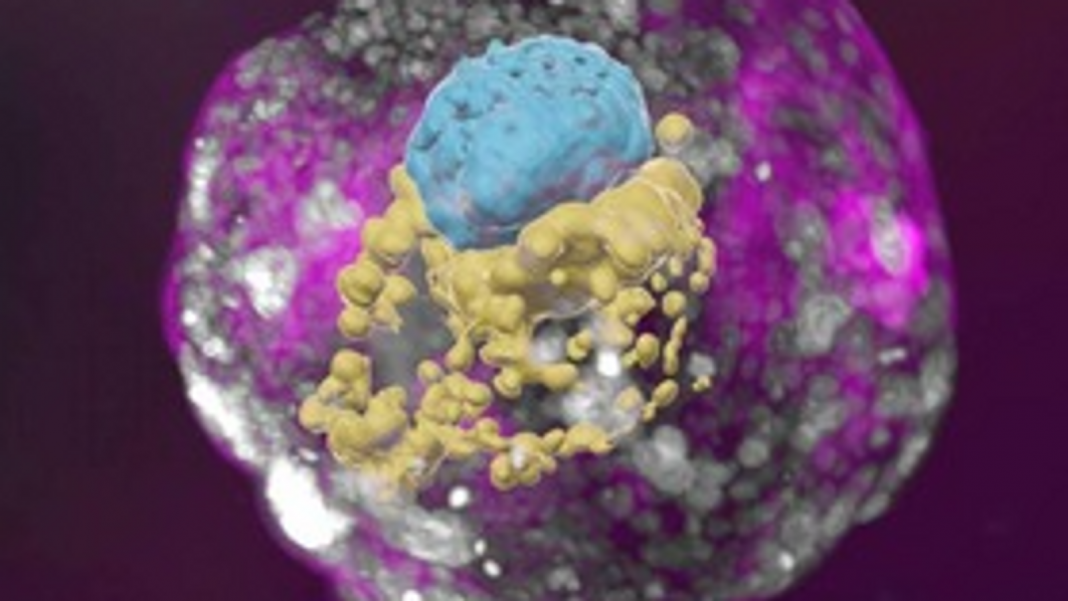
Researchers have taken a major step towards creating synthetic embryo-like structures that mimic real human embryos with most of the fundamental features of the earliest stages of life.
The latest study, from researchers at the Weizmann Institute in Israel, built on the work of a number of recent experiments using human embryonic stem cells and has created the most complete embryo produced so far.
“This is a landmark study that opens up new avenues for research into human development” said Prof Alfonso Martinez Arias at Pompeu Fabra University in Barcelona, Spain.
The aim of the research is not to create synthetic, or artificial life, but to produce working models that will allow scientists to study crucial stages in human development that are obscured from view as early-stage embryos develop inside the womb.
The research “is a step towards opening a window on the period of human development where many pregnancies fail and which has been really difficult to study up until now,” said Dr James Briscoe at the Francis Crick Institute in London.
The embryos that gave rise to all of us start with a sperm and an egg.
Here, the researchers use stem cells from donated human embryos which were then “coaxed” using chemical cues to develop into the four basic cell types of the early embryo that give rise to all the tissues and organs of a fully-formed human.
Previous experiments have produced similar embryos but ones that lack the same number of tissue types and levels of organisation found in real embryos.
Crucially, they lacked the “extraembryonic” tissues, like the cells that go on to form the placenta.
Read more:
Human cells grown in monkey embryos triggers ‘Pandora’s box’ ethical concerns
Scientists create synthetic mouse embryos that went on to develop a brain
The placenta, and its implantation into the lining of the womb, is a leading cause of failure in pregnancy – and therefore an important area of research.
The synthetic embryos created by the Weizmann team did produce these extra-embryonic cell types.
“The work opens an avenue to study the interaction between embryonic and extraembryonic tissues up to the all-important day 14,” said Prof Arias.
This content is provided by Spreaker, which may be using cookies and other technologies.
To show you this content, we need your permission to use cookies.
You can use the buttons below to amend your preferences to enable Spreaker cookies or to allow those cookies just once.
You can change your settings at any time via the Privacy Options.
Unfortunately we have been unable to verify if you have consented to Spreaker cookies.
To view this content you can use the button below to allow Spreaker cookies for this session only.
Click to subscribe to the Sky News Daily wherever you get your podcasts
Day 14 is an important one – both for human development and the ethics of this kind of research.
By 14 days of development all the main tissue types that form the human body plan have formed.
It’s also the date at which laws in most countries give an embryo “rights” and research on human embryos is illegal beyond this point.
But in some countries, including the UK, research on embryos created from stem-cells is not technically illegal beyond this point.
Some researchers believe the ban should apply to synthetic embryos just as it does to natural ones.
Others believe synthetic embryos could be modified, using genetic manipulation for example, to prevent them from ever developing into a fully formed human so that they could one day be used to produce replacement organs or other tissues.
While that discussion is moving forward, the science is still a long way from taking us there.
The vast majority of embryos created using this method fail, and given nobody has tried to take them beyond the current 14-day cut-off, it’s unclear whether they would continue to develop normally.







